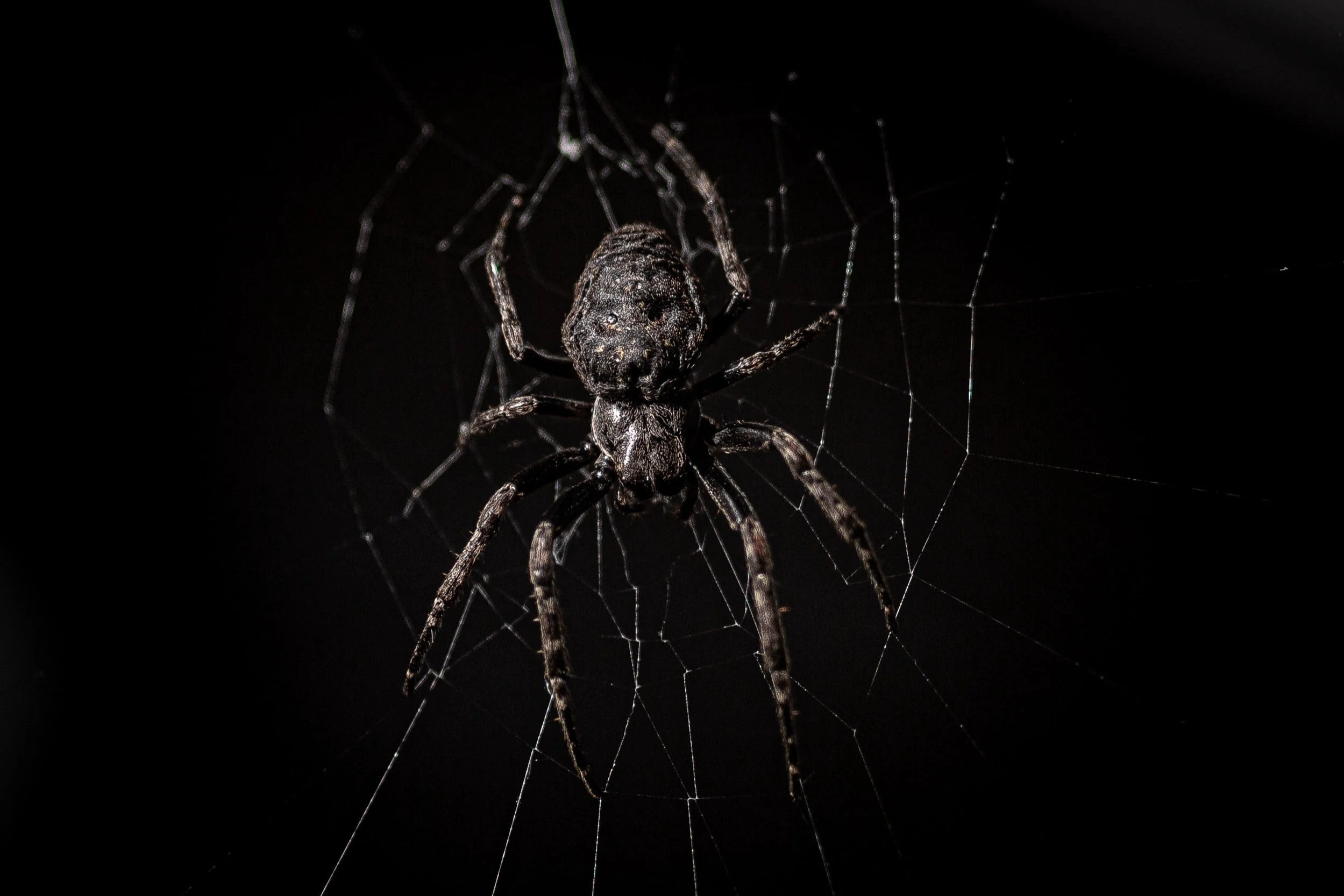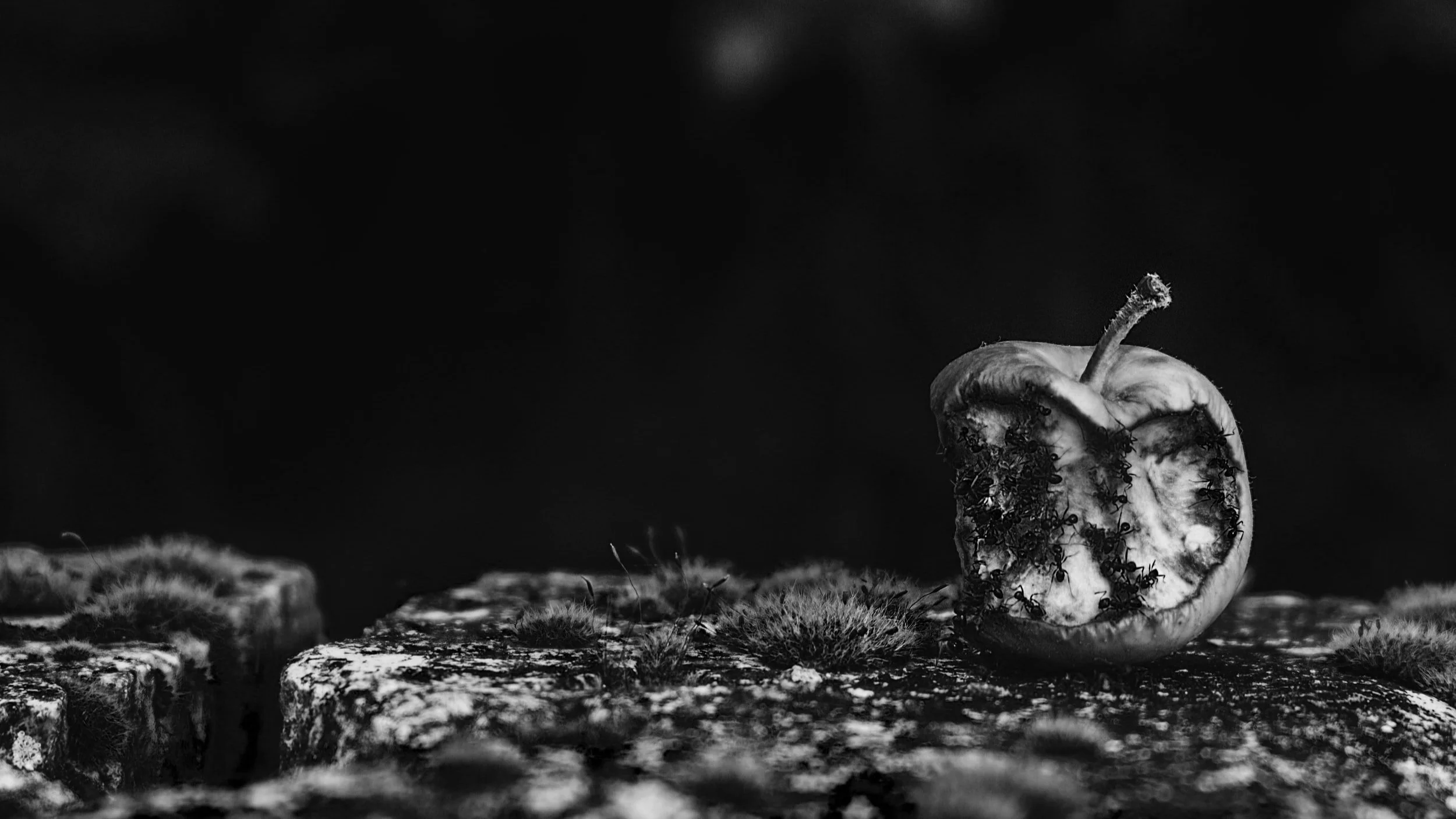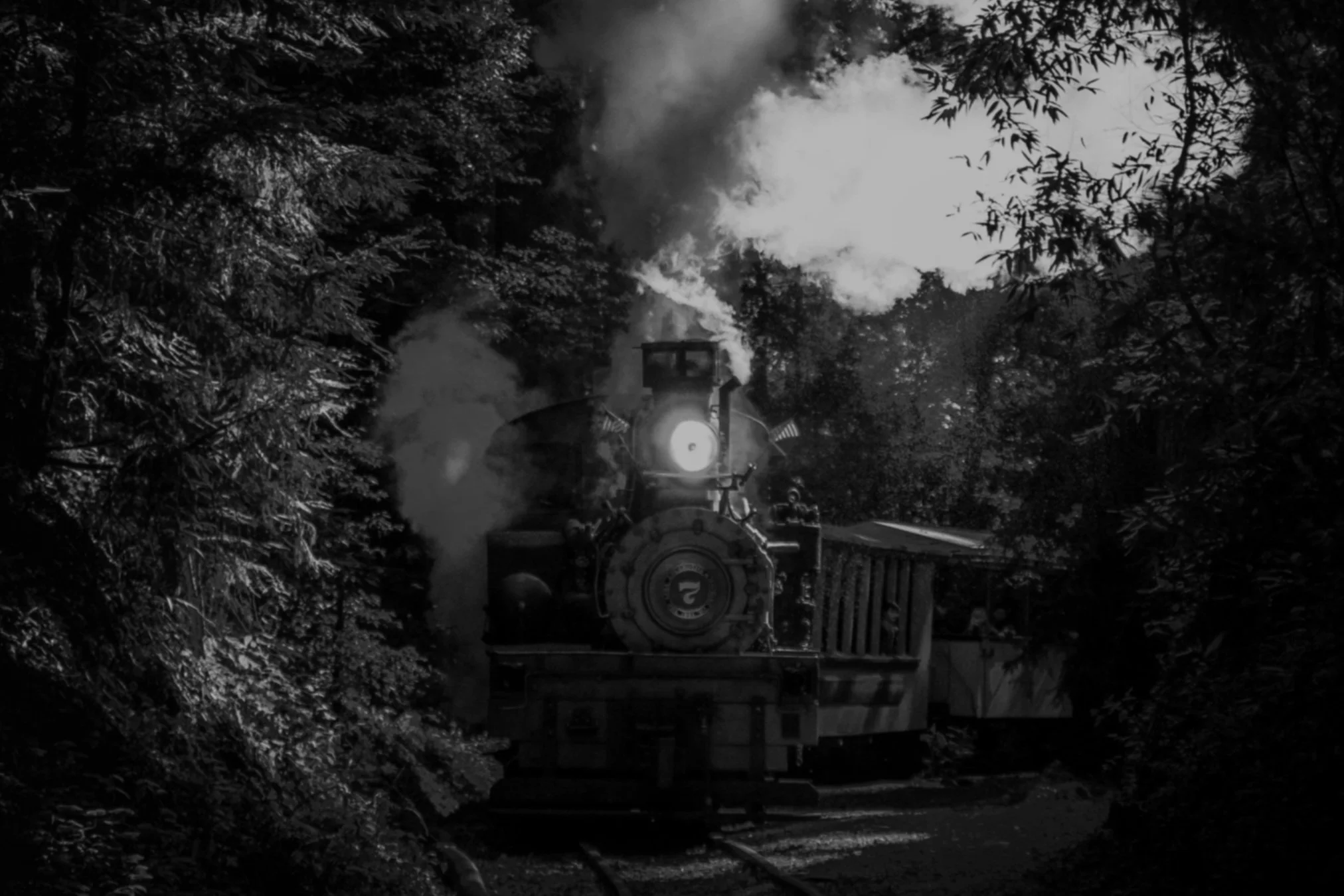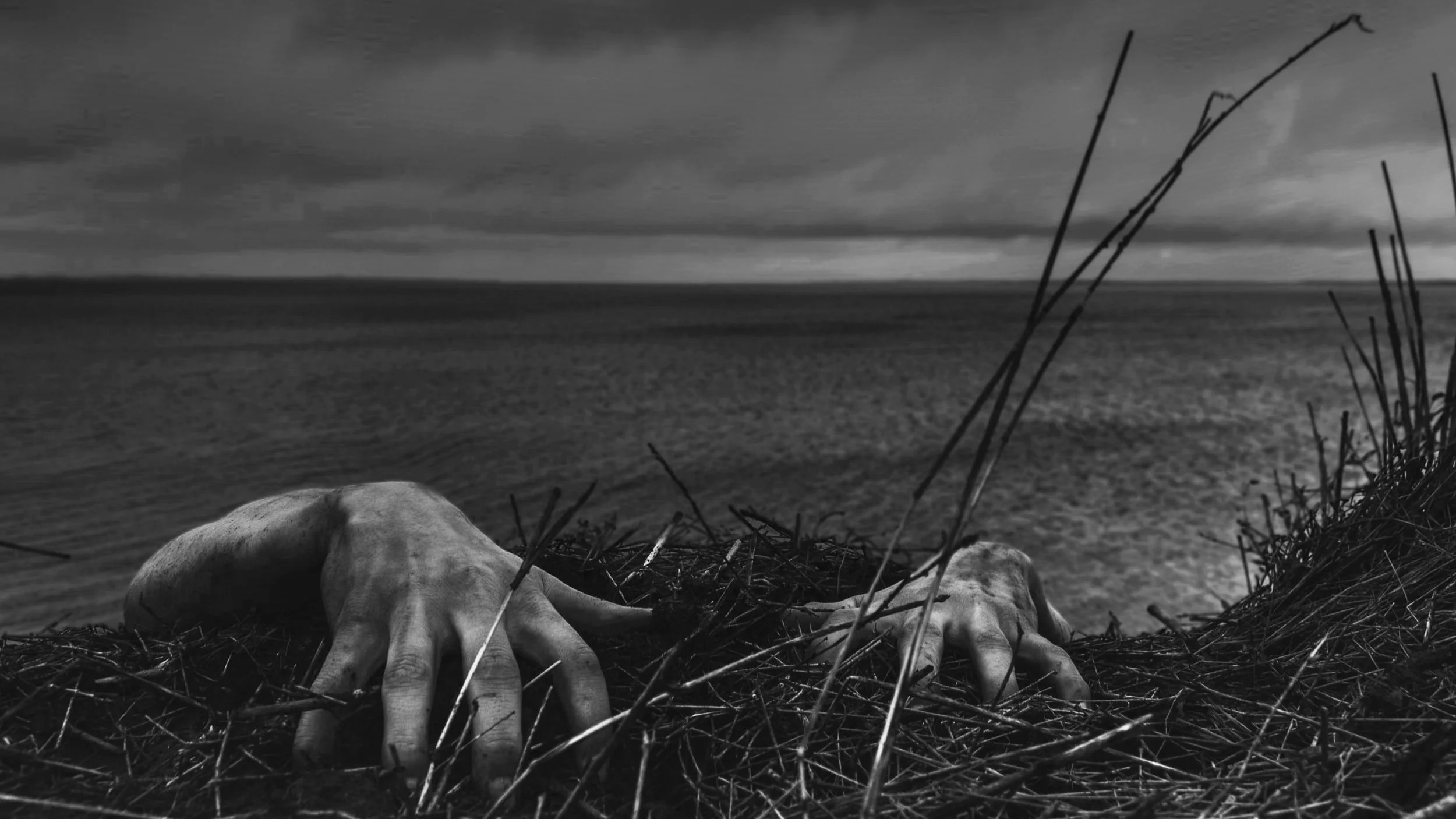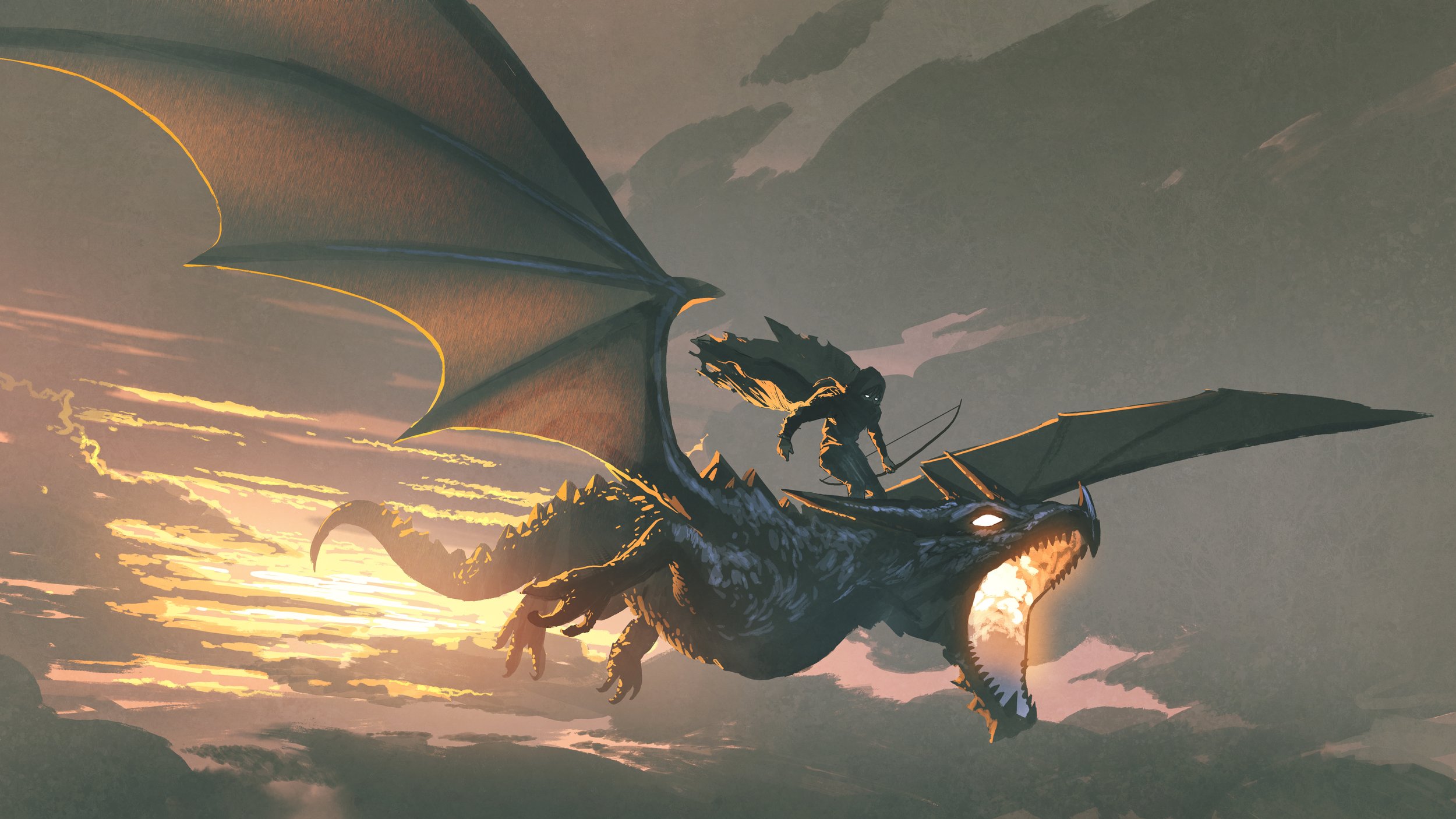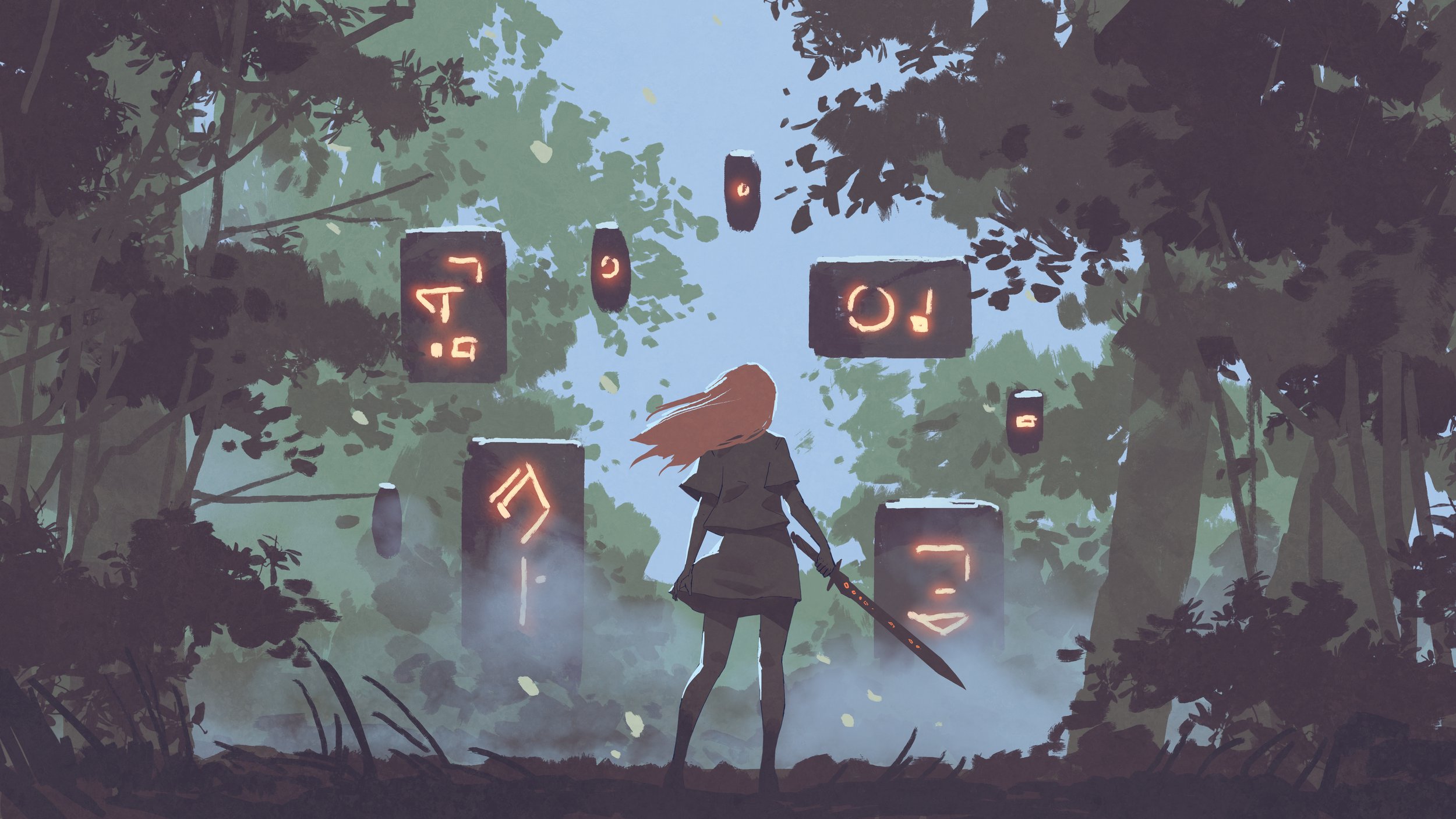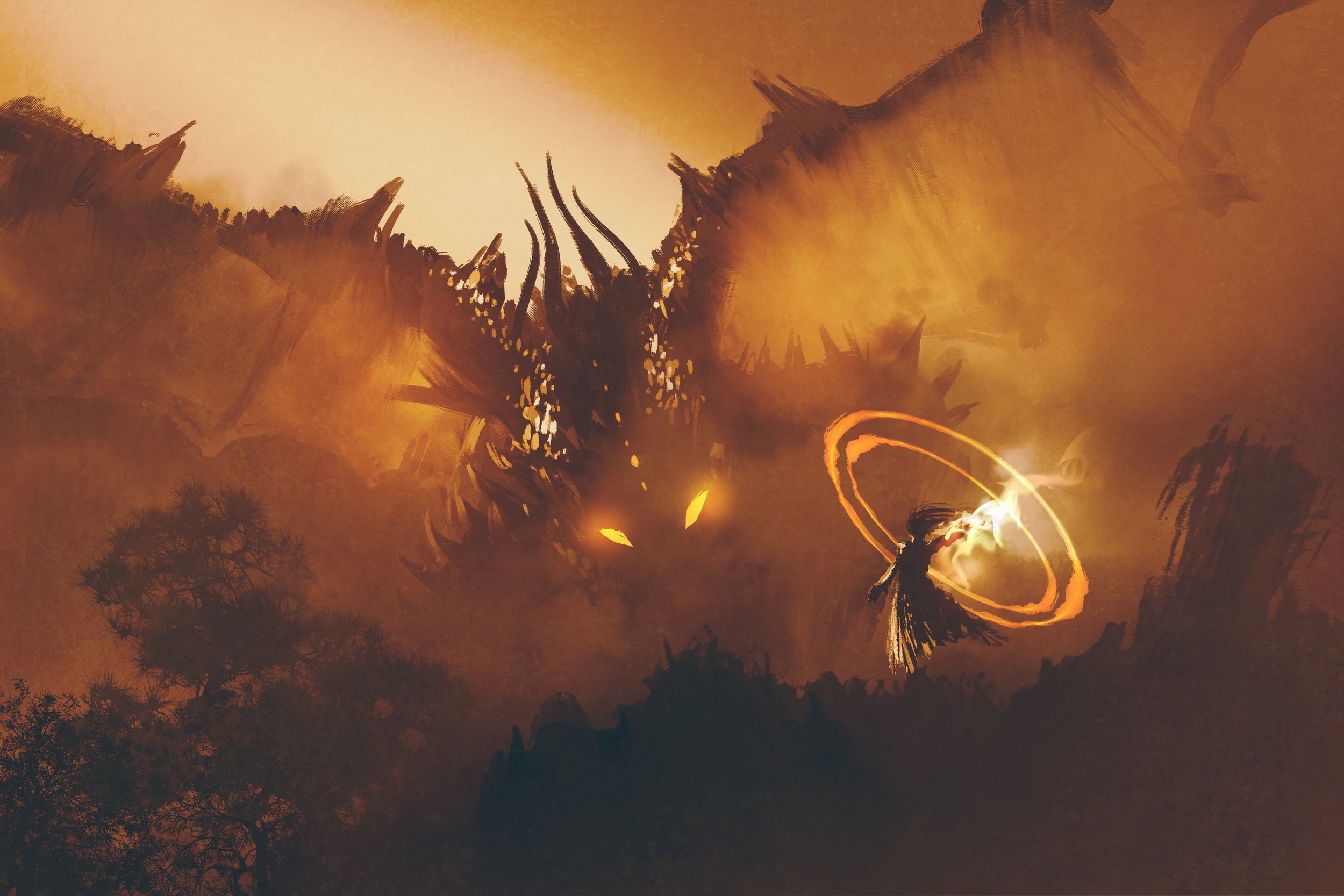Why We Like Fear and How RPG Horror Campaigns Make for A Great Experience
There really is such a thing as a good scare and why TTRPG horror campaigns are a great way to get the benefits.
Check out these tips for a great horror campaign experience.
This article includes affiliate links. If you purchase through an affiliate link, I earn a small amount from qualifying purchases.
The best horror stories have a way of sticking with us. From ghost stories told around the campfire to the monsters of the silver screen, the human psyche enjoys a good scare.
In modern times, we have thrill rides and haunted houses. But there is nothing quite like the shared storytelling adventure of a tabletop role-playing game to bring the scares of the horror genre into our imaginations.
"The oldest and strongest emotion of mankind is fear, and the oldest and strongest kind of fear is fear of the unknown."
- H.P. Lovecraft
Why We Like to Be Scared
Our bodies are designed to protect us from dangerous situations. When something frightens us, it triggers our fight or flight reflex and is instrumental in our ability to survive. This reflex releases a series of hormones, including adrenaline, endorphins, and dopamine. These make our heart race, our breath quicken, and our muscles tense. This rush of chemicals can also make us feel physically stronger and more emotional.
"Demons are like obedient dogs; they come when they are called."
— Rémy de Gourmont
But while our initial response is survival, the prefrontal cortex of our brains will quickly assess if the perceived danger is real or not. This situational context is the key to how we react to scary situations. A horror movie might make us jump, but a glance away from the screen assures us we are safe.
Once our brains determine that we are not in danger, they will shut down the fear reflex. But it takes time for the hormones to leave our system. Dopamine, in particular, expressed by our brains as part of fear and fear removal behaviors, provides feelings of euphoria and emotional arousal.
"Hope not ever to see Heaven. I have come to lead you to the other shore; into eternal darkness; into fire and into ice."
— Dante Alighieri
As explained by Dr. Kerr in Scream: Chilling Adventures in the Science of Fear, when our brains realize that we're safe, they can interpret those high arousal hormones in a pleasurable way. It's the reason behind why we might be smiling after a thrilling roller coaster or laughing at ourselves after a good jump scare.
Benefits of a Good Scare
Beyond the pleasure feelings that we may get from the hormone rush, there are some mental health benefits as well.
Being able to overcome obstacles can provide a feeling of accomplishment. And facing our fears, even if the danger isn't real, can give us a boost in self-confidence and improve our self-esteem.
"Welcome to my nightmare, I think you're going to like it "
- Alice Cooper
A safe scare can also make us more resilient. A 2019 study on haunted house participants found that half had improved moods and reduced neural reactivity, which could help them deal with stress better.
This resilience factor seems to extend well beyond the initial reaction. A study published in "Personality and Individual Differences" earlier this year showed that horror fans exhibited lower psychological stress due to COVID-19. A 2021 report has even suggested using horror as a treatment tool for anxiety symptoms.
"We stopped checking for monsters under our bed when we realized they were inside us."
- Charles Darwin
Part of this resilience is that horror allows us a safe place to explore our fears of the unknown and safely imagine the "what ifs" of threatening situations. Horror can enable us to visualize frightening situations and imagine how we would react to them, in a sense preparing us for the worst-case scenarios.
They also allow us a safe place to confront our genuine fears based on reality. As such, horror movies will often reflect the societal concerns of their time. Examples like the nuclear concerns in the 1950s addressed in monsters like Godzilla (1954) and the giant irradiated ants in Them! (1954). Or the surge in popularity of the 2011 film, Contagion during the early months of the coronavirus pandemic.
“A good horror story is one that functions on a symbolic level, using fictional (and sometimes supernatural” events to help us understand our own deepest real fears.”
- Stephen King
And when our reality is too much, horror also provides an escape. While we may be enjoying the experience, while our bodies are in the fight or flight reflex, it's hard to focus on anything else.
Whether escaping from a mundane existence to taking a break from the spinning thoughts of anxiety, horror can be a great distraction. As a society, we have long used terror on the screen to escape our harsh realities, from the hugely popular Dracula during the Great Depression to the record market share of horror movies in 2020 and 2021.
"We ask only to be reassured about the noise in the cellar, and the window that should not have been open."
- T.S. Eliot
And when the lights come back up afterward, our dopamine levels can help those tensions caused by real-life to feel less overwhelming. As Wes Craven said in the 1991 documentary Fear In the Dark, "horror films don't create fear, they release it."
Why TTRPG Horror Campaigns
While horror movies and fiction lets participants watch the action, role-playing gives them the unique opportunity to experience it themselves. And through the shared storytelling experience, TTRPGs allow the players to help steer the action, heightening the thrill and letting their personal fears be part of the experience.
The fact that it is a shared experience has unique benefits as well. Horror campaigns, in particular, can help us connect with our fellow party members.
Emotionally charged experiences such as a scary role-playing session can result in "misattribution of arousal." Since our brains know that we are in a safe environment, they may reassign the positive emotional response to those we share the experience with. Playing a horror campaign together can make players feel closer and bond more quickly as a group.
"By the pricking of my thumbs, something wicked this way comes."
— William Shakespeare
And a horror campaign may encourage players to come back for more. Fear can make for powerful memories, and when they are converted to pleasant ones, players are more likely to look back at the event as something they want to repeat again and again.
"Humanity will call me back. It always does. Its desire is insatiable...."
- Dracula, Castlevania
Too Much of a Good Thing
The fun part of horror is the safe feeling when mixed with anxiety. But there can be too much of a good thing.
"All work and no play makes Jack a dull boy."
— The Shining (1980)
Excessive adrenaline can cause many health problems. Not to mention our expanding waistlines from the food cravings that the experience may bring. (more on that later).
Our brains also adapt. They learn that an experience was not harmful and will be less frightened of it in the future. Keeping the scares to be only occasional keeps it fresh without turning it into the mundane.
It's important to use horror in moderation to ensure it's a healthy and fun experience. Just as Halloween is a fun time of year, but there is a reason that it's not every day.
Tips for the Perfect Horror Experience
Get Everyone in Agreement in Advance
The most important thing is to make sure that everyone is on-board with the idea of a horror game in advance. All players need to agree on the theme and want to participate. It's essential to make sure that it's a fun experience and not traumatic to any of the participants.
"It's all just a bunch of hocus pocus!"
— Hocus Pocus (1993)
Fear is very individualized. Our brains have varying levels of neurotransmitters, and we will each react differently to the same situation.
The fun part of the scare is when we know that we are safe and our brains can allow ourselves to relax. But for some of us, that can be more difficult.
For example, it has been suggested that people who have PTSD may have an underactive prefrontal cortex. This could make it harder for their brains to determine that safety factor, and they may not enjoy the experience as much as others.
Likewise, there are those with fewer auto-receptors, meaning that it may take their brains longer to turn off the dopamine release during heightened experiences. With this longer rush of the happy hormones, they may be more likely to be thrill-seekers than others.
"It's not the house that's haunted... it's your son."
— Insidious (2010)
Making sure that all the players are on-board helps them commit to the campaign and can help them mentally prepare. The anticipation can help "prime" their brains for the experience. Ideally, the group will find that sweet spot that touches on fear but doesn't overwhelm or bore the players.
Plan Logistics in Advance
Planning breaks for bathrooms and snacks in advance can help avoid interruptions during the gameplay. There is nothing more immersion breaking than bright lights of reality when you are in the middle of a scary scene.
“We all float down here … you’ll float too.”
- IT (2017)
Plan for the right snacks. Role-playing can make us hungry. But horror, in particular, has been associated with specific food cravings.
A 2013 study on food preferences and movie genres found that horror movies correlated to fatty and salty food cravings. In contrast, romantic movies watchers were more likely to go for sweet and sugary foods instead.
So plan for some salty chips or pizza, or try healthier alternatives like vegetable chips, coconut oil popcorn, or trail mix.
"Despite my ghoulish reputation, I really have the heart of a small boy. I keep it in a jar on my desk."
- Robert Bloch
Don't Forget the Ambience
There are some easy ways to add to the ambiance for a scary TTRPG campaign.
Turn out the lights: Just like scary stories are best told a night, a darkened room can set the mood for tales of horror. Try adding flickering candlelight or glow-in-the-dark dice for extra effect.
"It is a mistake to fancy that horror is associated inextricably with darkness, silence, and solitude."
— H.P Lovecraft
Sound effects can really heighten the experience. There are some great sound programs available. But even just a loud knock on the table during a lull in the action can make for a quick jump scare. Or speaking in a whisper so the players must lean in and focus on your voice can help bring them deeper into the action.
Try adding some props. Maybe a red candle that drips the color of blood. Or switch out the pencils for some old-fashioned knife sharpened ones or quills for the night. Try printing out character sheets on stained parchment paper. Be creative and find ways to add to the scene.
"Where there is no imagination there is no horror."
— Arthur Conan Doyle
Pre-Made vs. Homebrew
There are many pre-made campaigns available that have already designed the scary elements. Check out classics like Curse of Strahd, Vampire: The Masquerade, or Call of Cthulhu. There are many others, such as Alien: The Roleplaying Game, Dread, Ten Candles, and more available based on your tastes in horror.
Check out DriveThru RPG for more TTRPG Horror Campaigns and Ideas for Making Your Own
For homebrew campaigns, it is essential to plan for pacing, with the rise and fall of the fear elements to maintain the scary factor. Alternating slower pacing can allow for more tension, forcing the players to wonder what's coming next.
"The last man on Earth sat alone in a room. There was a knock on the door "
- Fredric Brown
Descriptions are key for tension. Try including ambiguous language like "You don't see anything in the darkness of the lake right now" or "You think you might hear the slightest sound of scratching on the other side of the wall."
And make sure to include more than just visuals: the sound of whispers on the wind, the lightest touch on the back of a character's neck, the rotting smell in the hallway, etc. These can all add to the mood.
"The dead are not quiet in Hill House."
- The Haunting (1963)
Try to find fears that connect to the players and their characters. For horror to be most effective, it needs to be personal and relatable. Encourage role-playing and exploring character backstories as elements of the story.
Create a scary situation. A frequent theme in horror is the friendly or mundane that becomes unnatural and scary. Consider classic examples of the friendly clown that lures children to the sewers or the creepy use of children ghosts in several films. Look for ways to turn every day on its head or break natural laws to unnerve your players.
"Come and play with us, Danny. Forever … and ever … and ever."
- The Shining (1980)
Make sure that players are aware that character death is a very real possibility. They will be more invested, and it will feel scarier if they realize that survival is not a guarantee. (Though it can be helpful to make plans in advance on how players can continue to participate if their characters are killed.)
Watch any slasher flick; whether it's Freddy or Jason, the killer often uses a divide and conquer attack on their victims. Find ways to separate party members and make them face situations on their own. Either take a player to another room for a brief scene alone or let the other players listen in. Both can make players more empathetic towards each other and nervous about what will be awaiting them next. It can make managing the game more challenging but can certainly ramp up the scare factor.
Check out your favorite horror movies or fiction for ideas and insights. If something scared you personally, it might be a great element to add to your game.
If you are reading this, then you are blissfully unaware what is creeping up behind you.
- Unknown
Conclusion
We like to be scared, and once when know we're safe, it can be a rewarding and fun experience. There are many ways to embrace horror, from movies, books, to your favorite TTRPG. And whether it's taking a date to a thriller or sitting around the table for a horror campaign, our shared fears will bring us closer together. See about adding that fear factor to your favorite fantasy for a night that you won't want to forget. As Sheriff Brackett said in Halloween (1978), "You know, it's Halloween .. everyone's entitled to one good scare, eh?"
Author:
Laurie Trueblood is a writer and life coach that enjoys fantasy, science, psychology, and everything nerdy. As the founder of Adventures to Authenticity, her mission is to help others level up and become the best versions of themselves.
Read more about TTRPGs and Mental Health: TTRPGs and Personal Development and Is Life an RPG? Why We Should Treat Life Like a Roleplaying Game


